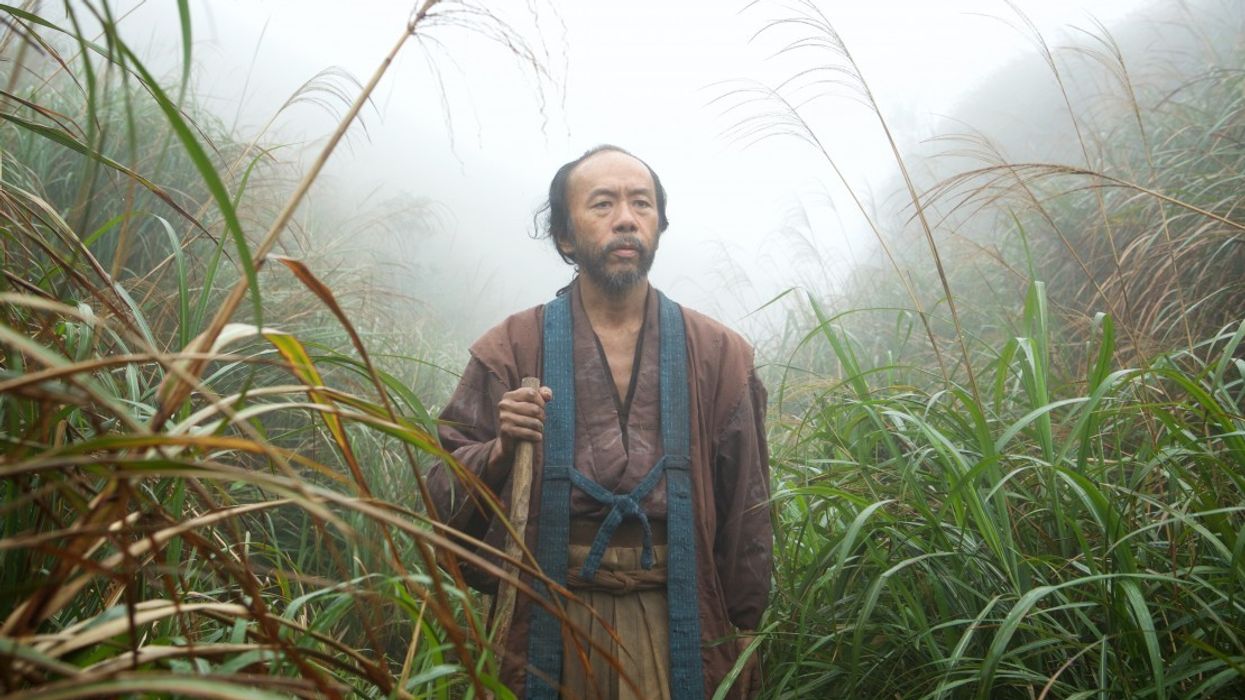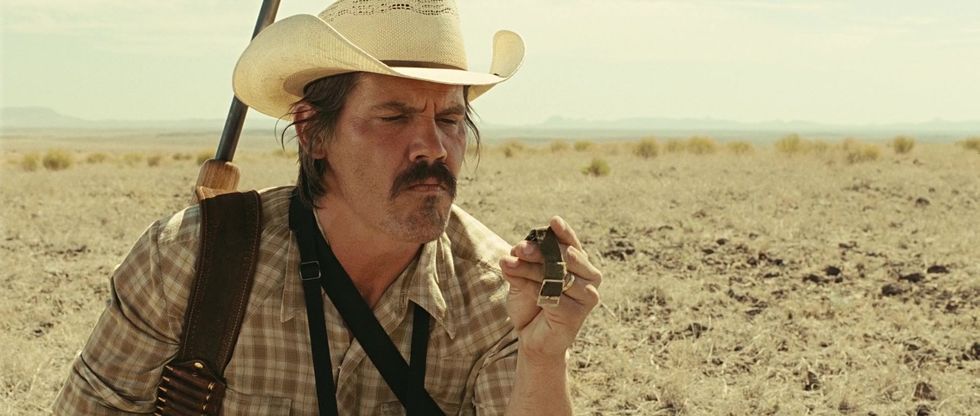Why More Filmmakers Should Use Silence In Their Work
Sometimes, no words or music are needed to get your point across.

As a writer, I am always trying to fill the blank space with something—usually dialogue. But I find that I am enthralled when filmmakers drop the music and words, and just let the story play out in relative silence.
It's something I wish more of us had the confidence to do, even though I'm aware it works better for some genres more than others.
Silence in cinema, often underutilized, is a powerful tool that can significantly enhance the storytelling and emotional impact of a film.
Let's dig into this topic a bit more below.
The Art of Silence
I thought of this article revisiting this old Every Frame a Painting video after a recent rewatch Raging Bull.
You see, it takes a very confident director to drop the sound out of a scene and focus on just the visuals. It's something that I've never thought about or even put in my writing, but it's something that I want to try, because I think it boils down the essence of filmmaking.
We're in a visual medium, so when you strip it all down and leave it to the visuals, what can you communicate with the audience? And how does that reflect on screen with movement only?
Why Do Filmmakers Use Silence in Cinema?

'2001: A Space Odyssey'
Warner Bros.
Filmmakers use silence in cinema for a variety of reasons, each serving to enhance the storytelling, create emotional depth, and engage the audience in a more profound way.
So, what are some other reasons filmmakers focus on the silence within scenes?
1. Emotional Amplification
Silence can intensify the emotional impact of a scene. Without the distraction of dialogue or music, the audience's attention is drawn more closely to the visual expression of emotion, whether it's a character's facial expression, a lingering landscape, or a significant object.
2. Build Tension and Suspense
In thriller or horror genres, silence can be used to build suspense and tension. The absence of sound creates a sense of anticipation and unease, as the audience waits for something to break the silence.
3. Highlight Visual Storytelling
Cinema is a visual medium, and silence forces the audience to focus on the visual elements of a film. This can be especially powerful in scenes where the imagery alone carries the narrative or the emotional weight of the moment.
4. Create Atmosphere and Mood
Silence can set the mood of a scene or an entire film. It can convey desolation, peace, tension, or introspection, depending on the context. The absence of sound can be as mood-setting as any soundtrack.
5. Enhance Realism
In real life, many moments are devoid of conversation or significant background noise. By incorporating silence, filmmakers can add a layer of realism to their work, making scenes feel more authentic and relatable.
6. Focus on Character Inner Thoughts
Silence can be an effective way to bring the audience into the internal world of a character. In the absence of dialogue, viewers are invited to speculate about what a character is thinking or feeling.
7. Contrast with Sound
Silence can be used to create a powerful contrast with scenes that have sound, making those with music or dialogue more impactful. This juxtaposition can be used to emphasize key moments in the narrative.
8. Economic Storytelling
Sometimes, silence can convey a message more efficiently than dialogue. It can be a way of showing rather than telling, allowing the audience to draw their own conclusions without being explicitly guided by words.
9. Artistic Expression
Many filmmakers use silence as a form of artistic expression. It can be a stylistic choice to set the tone of the film, reflect the director's vision, or differentiate their work from more traditional, dialogue-heavy movies.
Examples of Silence in Film and TV
 'No Country for Old Men'CREDIT: Paramount Pictures
'No Country for Old Men'CREDIT: Paramount PicturesI wanted to dig for examples, but it was hard to find ones without music as well. We all know about Saving Private Ryan when the sound drops, and Martin Scorsese's Silence, which uses it as a motif throughout the film.
Silence has been used effectively in a variety of films and TV shows across different genres. Here are some notable examples:
1. 2001: A Space Odyssey (1968)
Stanley Kubrick's masterpiece makes extensive use of silence, especially in the space sequences. The absence of sound in these scenes highlights the vastness and isolation of space, creating a surreal and contemplative atmosphere.
2. There Will Be Blood (2007)
Paul Thomas Anderson's film opens with a nearly 15-minute sequence without dialogue. This silence sets the tone for the film and focuses the audience's attention on the physical and emotional struggle of the main character.
3. The Artist (2011)
This modern silent film pays homage to the silent film era. The absence of spoken dialogue and reliance on visual storytelling and music makes it a unique experience in contemporary cinema.
4. No Country for Old Men (2007)
The Coen Brothers' film is notable for its minimalistic sound design. Many scenes, including tense confrontations, unfold in near silence, heightening the sense of suspense and impending doom.
5. Breaking Bad (TV Series)
This acclaimed TV series often used silence to great effect, particularly in scenes involving the show's protagonist, Walter White. These moments of silence were powerful in conveying his inner turmoil and the gravity of his decisions.
6. A Quiet Place (2018)
In this horror film, silence is a key element of the plot, where characters must remain silent to avoid being detected by monsters. The lack of sound amplifies the tension and the viewer's immersion in the characters' plight.
7. The Revenant (2015)
Alejandro González Iñárritu’s film uses long stretches of silence to emphasize the isolation and struggle of the main character in the wilderness. This use of silence intensifies the brutal reality of his situation.
8. Lost in Translation (2003)
Sofia Coppola’s film uses silence to convey the loneliness and disconnection felt by the characters. The quiet moments shared between them speak volumes about their unspoken bond.
9. Drive (2011)
Nicolas Winding Refn's film is noted for its minimalist dialogue and long silent stretches, which serve to heighten the intensity of the narrative and the enigmatic allure of the main character.
10. Chernobyl (TV Miniseries)
In this miniseries, silence is used effectively to create a sense of dread and unease, reflecting the invisible danger of radiation and the gravity of the disaster.
These examples demonstrate how silence can be a powerful tool in both film and television, used to enhance storytelling, build tension, and deepen the emotional impact of a scene.
Silence is a dynamic and versatile tool. It's much more than the absence of sound; it's a deliberate choice that can deepen the narrative, enhance emotional resonance, and create a unique cinematic experience.
By understanding and appreciating the power of silence, filmmakers can craft more nuanced, compelling, and memorable films.
Let me know what you think in the comments.
- The Science of Silence: Disquieting Uses of Infrasound in Movies ›
- Why Silent Films Still Matter to Us (Watch Our Favorites) ›
- There's an Art to Watching Silent Films: Let's Learn It Together ›
- The Sound of Silence: How You Can Use Silence to Tell Better Stories ›
- How to Create Suspense Using Music | No Film School ›











